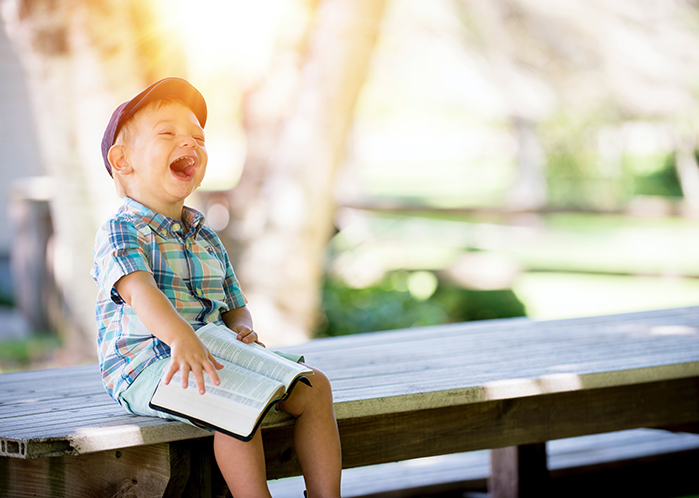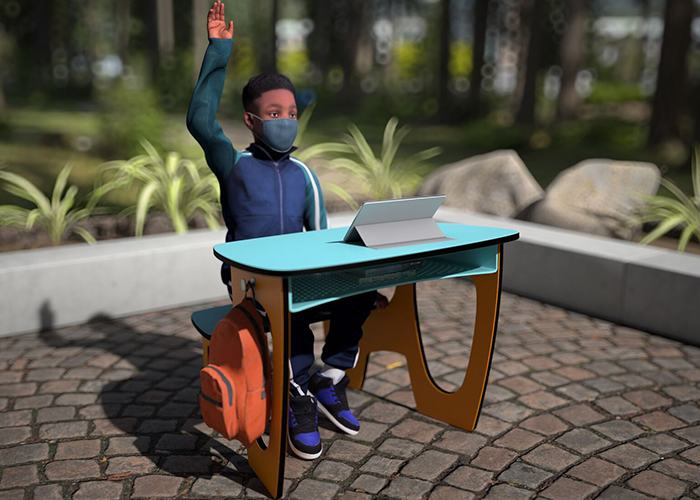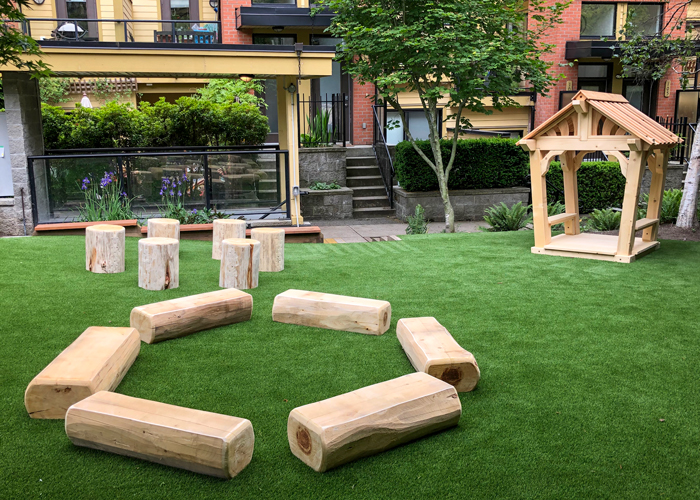Outdoor Learning Moves Beyond the Classroom

Written by Sonya Wilson
From Indoors to Outdoors
Back to school shopping looked very different this year with masks and hand sanitizer on the top of the list of supplies. With the new protocols for social distancing in schools and the restructuring of classrooms this September, one idea for a safe, healthy learning environment that has been gaining a lot of traction is moving to outdoor learning. Health authorities in B.C. and Alberta have been urging us to spend time outside. Dr. Bonnie Henry, B.C.’s Provincial Health Officer and calm voice of reason in these uncertain times, has stated “We know that being outside is better than being inside.”
“I go to nature every day for inspiration in the day’s work.”
Frank Lloyd Wright
There seem to be plenty of ideas for getting students outdoors more throughout the day. One is to literally move the classroom outside, including purpose-built wooden desks, teacher lecterns, and blackboards for outdoor learning. Another is to take students outside into the school yard or community for specific lessons. Simon Little and Grace Ke of Global News reported in August that some schools, like Surrey’s East Kensington Elementary, already have a grades K-4 outdoor learning component through their successful EKOLogy program. Alison Leslie, the vice-principal, says that they have had a lot of interest in the program recently from both parents and teachers. Leslie suggests to “do your morning circle outside and talk about what you see and how you’re feeling.”
The number of options for kids at the preschool and Kindergarten level to experience outdoor learning seem to be even more available. A recent post on edmonton.family, a great resource for finding kid-friendly activities in the Edmonton area, illustrated the strong outdoor education movement for this age group. Some of the programs are based on Forest School Canada’s courses while others are run through the Kindergartens at various schools.

Landscape Structures’ Outdoor Desk
Thinking Outside the Box
The prevailing theme when it comes to the debate about how schools can handle classes during COVID is that the government, administrators, teachers, parents, and students need to think outside the box. There is no shortage of research outlining the benefits to children spending time learning and playing outdoors. Lydia Denworth’s article in Psychology Today notes that stress levels are lower, and engagement and competence are higher in kids who participate in outdoor classes. The article shares educational psychologist Ulrich Dettweiler’s message to “take kids out once in a while. It doesn’t need to be the whole day. It’s enough to do it half an hour on a regular basis. It will help you to catch the kids’ interest in learning.”
It will take creative, innovative, and perhaps unconventional ideas to help educators feel comfortable and equipped to take the learning outside. For every school district, individual school, and educator, this is going to look different depending on local geography, structural limitations, weather, skills, and comfort levels. The Outdoor Council of Canada has added pages to their website to offer school administrators and educators access to great ideas, resources, and articles to help develop enriching and safe learning programs in an outdoor setting for all grades.
“I never teach my pupils. I only attempt to provide the conditions in which they can learn.”
Albert Einstein
One of the limitations that Ciera DeSilva at the Sierra Club of BC has identified for schools considering moving classrooms outdoors is the “lack of greenspace or covered outdoor learning spaces.” Shelter options for schools could include picnic style shelters that would cover adequate seating and activity centres for a full class, or a structure like the cedar Long House which invites smaller groups for quiet activities. Situating these open air shelters in places that are naturally out of the windiest areas of the school ground is a good way to increase their protection from the elements. Greenspace can be created with placed logs, rocks, natural seating areas made with wood, and planting projects, like what Habitat created at Langley Meadows Elementary.

Habitat’s Log Seats, Log Circle, and Playhouse
Bringing Outdoor Learning to Life
With some planning and design ideas, natural outdoor spaces can be created that are inviting and offer a year round location for students to engage in a variety of activities. When the snow flies and the temperatures dip, shorter activities can be planned in the school yard to get the kids out of the classroom at different points in the day (see resources below).
Let us help you to create the conditions for kids to learn outside during the pandemic and beyond. Habitat Systems offers free consultations to guide you in the creation of an outdoor learning space that’s tailored to the needs of your school community. Our in-house natural play design and fabrication team utilizes sustainably sourced B.C. Yellow Cedar to create outside the box outdoor spaces for learning and play. Get in touch with Habitat today to get your project in motion.
| Request a Quote | View the Collection |
Sources:
The Benefits of Learning Outdoors:
https://www.psychologytoday.com/ca/blog/brain-waves/201802/the-benefits-learning-outdoors
Outdoor Learning for All: Strengthening a Trusted Solution:
https://sierraclub.bc.ca/outdoor-learning-for-all-strengthening-a-trusted-solution/
Educator Resources:
Outdoor Council of Canada – Promoting and Enabling Outdoor Education and Activity:
https://www.outdoorcouncil.ca/Resources-for-Fresh-Air-School
https://www.outdoorcouncil.ca/return-to-school
Sierra Club – Online Educational Resource for to Connect Kids with Nature:
https://sierraclub.bc.ca/online-classroom/
Resources for Rethinking – Sustainability Classroom Resources:
http://resources4rethinking.ca/en/
